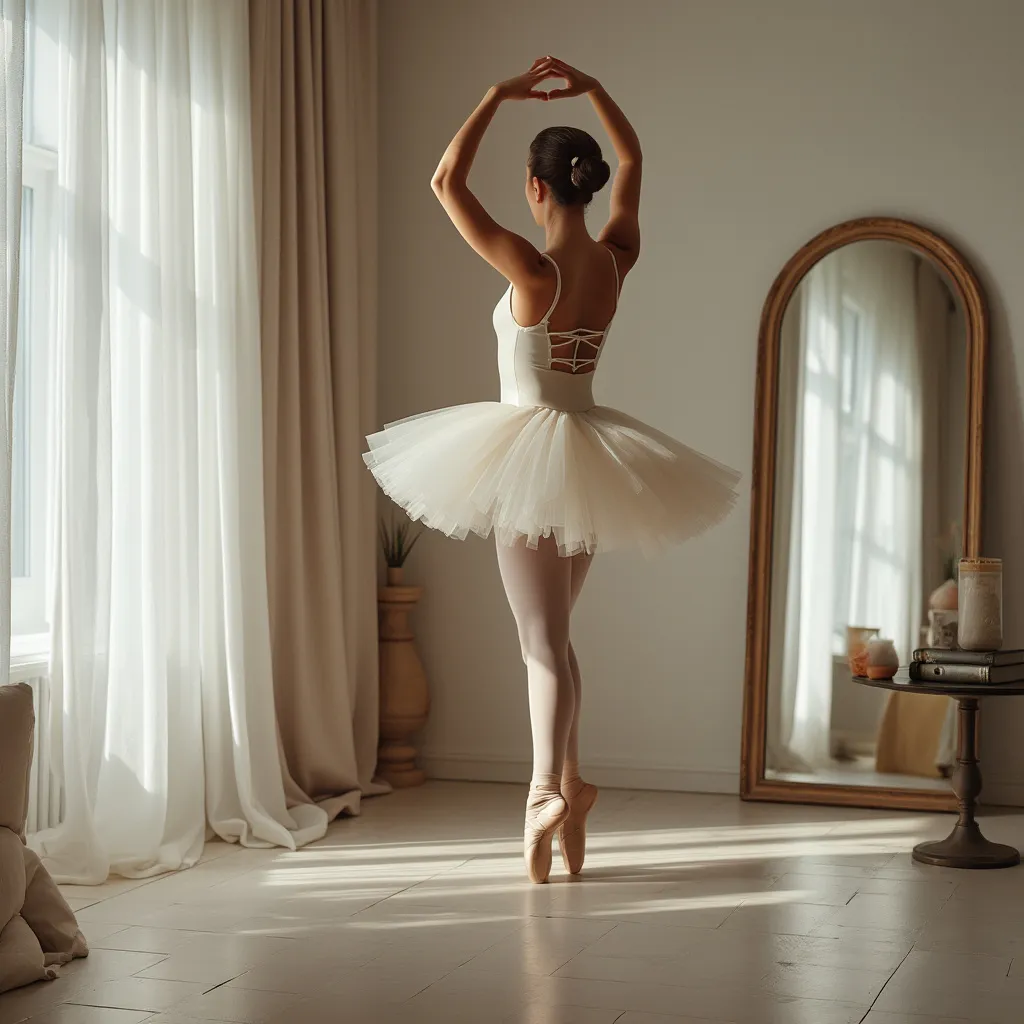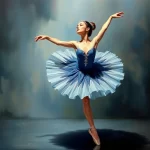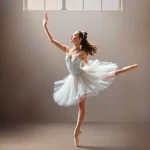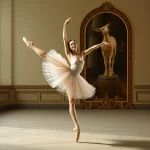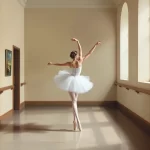Ballet Training Methods: Vaganova, Cecchetti, and More
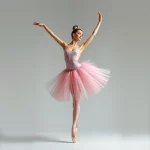
Introduction
Ballet, a classical dance form that originated during the Italian Renaissance, has evolved into a highly technical and expressive art form. Over the centuries, various training methods have been developed to cultivate the skills and artistry of ballet dancers. Among the most prominent are the Vaganova and Cecchetti methods, each with its unique approach to technique, pedagogy, and performance. This article delves into these methods and explores other influential ballet training systems, providing a comprehensive overview for dancers, teachers, and enthusiasts.
Vaganova Method
History and Origins
The Vaganova method was developed by Agrippina Vaganova, a Russian ballet dancer and teacher, in the early 20th century. Vaganova synthesized elements from the French, Italian, and earlier Russian schools of ballet to create a cohesive and systematic training method. Her approach was codified in her book, “Basic Principles of Classical Ballet,” published in 1934, which remains a cornerstone of ballet pedagogy.
Key Principles
The Vaganova method emphasizes the following principles:
- Coordination of the entire body: Movements are designed to engage the whole body, ensuring fluidity and harmony.
- Strength and flexibility: Exercises are structured to build both muscular strength and flexibility, essential for executing complex movements.
- Epaulement: The use of the shoulders and upper body to enhance the expressiveness and aesthetic quality of movements.
- Attention to detail: Precision in technique and alignment is paramount, with a focus on clean lines and proper form.
Training Structure
The Vaganova method is structured in a progressive manner, with each level building on the skills and techniques learned in the previous one. The training typically spans eight years, starting from a young age. Classes are rigorous and include a combination of barre and center work, with an emphasis on developing a strong foundation before advancing to more complex movements.
Cecchetti Method
History and Origins
The Cecchetti method was developed by Enrico Cecchetti, an Italian ballet dancer, and teacher, in the late 19th and early 20th centuries. Cecchetti’s approach was influenced by his extensive experience as a dancer and his work with renowned choreographers such as Marius Petipa. The method was formalized in the “Manual of the Theory and Practice of Classical Theatrical Dancing,” published in 1922.
Key Principles
The Cecchetti method is characterized by the following principles:
- Scientific approach: Movements are analyzed and broken down into their component parts, with a focus on understanding the mechanics of each step.
- Balance and poise: Exercises are designed to develop a dancer’s sense of balance and control, essential for executing precise movements.
- Musicality: Emphasis is placed on the relationship between movement and music, encouraging dancers to develop a keen sense of rhythm and timing.
- Consistency: A structured syllabus ensures that dancers receive a comprehensive and consistent education in ballet technique.
Training Structure
The Cecchetti method is organized into a graded system, with each level corresponding to a specific set of skills and techniques. The training is progressive, with students advancing through the grades as they master the required elements. Classes typically include a combination of barre and center work, with an emphasis on developing a strong technical foundation.
Other Influential Ballet Training Methods
Royal Academy of Dance (RAD)
The Royal Academy of Dance (RAD) method was established in 1920 in the United Kingdom. It combines elements from the French, Italian, Russian, and Danish schools of ballet. The RAD method is known for its structured syllabus and examination system, which provides a clear progression for students from beginner to advanced levels. The focus is on developing a strong technical foundation, musicality, and performance quality.
Bournonville Method
The Bournonville method was developed by August Bournonville, a Danish ballet dancer, and choreographer, in the 19th century. This method is characterized by its emphasis on lightness, grace, and quick footwork. The Bournonville method places a strong emphasis on the use of the upper body and arms to create a harmonious and expressive movement quality. Training includes a combination of barre and center work, with a focus on developing a strong sense of musicality and artistry.
Balanchine Method
The Balanchine method was developed by George Balanchine, a Russian-born choreographer who co-founded the New York City Ballet. This method is known for its emphasis on speed, precision, and athleticism. The Balanchine method incorporates elements of classical ballet technique with a contemporary flair, encouraging dancers to push the boundaries of traditional movement. Training includes a combination of barre and center work, with a focus on developing a strong technical foundation and a dynamic performance quality.
FAQ
What is the main difference between the Vaganova and Cecchetti methods?
The main difference between the Vaganova and Cecchetti methods lies in their approach to training and technique. The Vaganova method emphasizes the coordination of the entire body, strength, flexibility, and attention to detail. In contrast, the Cecchetti method focuses on a scientific approach to movement, balance, poise, musicality, and consistency. Both methods provide a comprehensive education in ballet technique but differ in their pedagogical philosophies and training structures.
Can a dancer train in multiple methods simultaneously?
While it is possible for a dancer to train in multiple methods simultaneously, it can be challenging due to the differences in technique and approach. Each method has its unique principles and training structure, and switching between them may require adjustments in movement quality and execution. However, exposure to different methods can also provide a well-rounded education and enhance a dancer’s versatility and adaptability.
Which method is best for beginners?
There is no definitive answer to which method is best for beginners, as it depends on individual preferences and goals. The Royal Academy of Dance (RAD) method is often recommended for beginners due to its structured syllabus and clear progression. However, both the Vaganova and Cecchetti methods also provide a strong foundation in ballet technique and can be suitable for beginners. It is essential to choose a method that aligns with the dancer’s interests and learning style.
How do I choose the right ballet training method for me?
Choosing the right ballet training method depends on several factors, including your goals, learning style, and personal preferences. Consider the following when making your decision:
- Research: Learn about the different methods and their key principles to understand what each offers.
- Trial classes: Attend trial classes in different methods to experience the training firsthand and see which resonates with you.
- Teacher and school: The quality of instruction and the reputation of the school can significantly impact your training experience. Choose a method taught by experienced and reputable teachers.
- Goals: Consider your long-term goals as a dancer. Some methods may be better suited for specific career paths or performance styles.
Conclusion
Ballet training methods such as Vaganova, Cecchetti, and others each offer unique approaches to developing a dancer’s technique, artistry, and performance quality. Understanding the principles and structures of these methods can help dancers, teachers, and enthusiasts make informed decisions about their training and education. Whether you choose the Vaganova method for its emphasis on coordination and strength, the Cecchetti method for its scientific approach and musicality, or another method that aligns with your goals, each offers valuable insights and tools for mastering the art of ballet.

